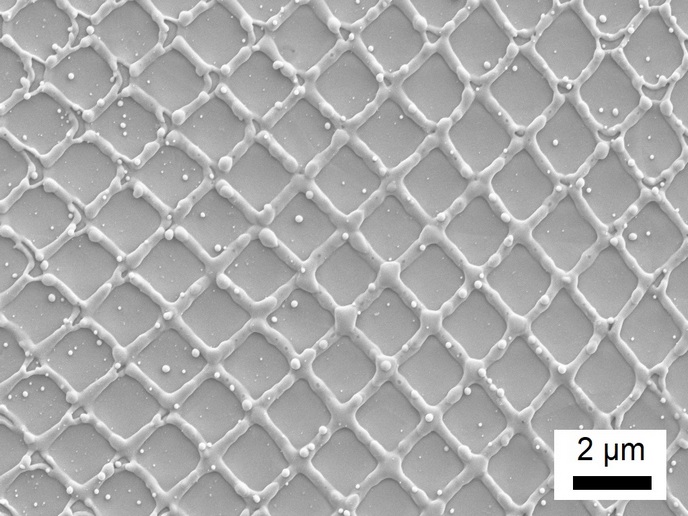Quantum dynamics of atomic and molecular systems
Atoms excited to high Rydberg states were the focus of the EU-funded project DWBQS (Dynamics of weakly bound quantum systems) because of their unique quantum properties. Orbits with a high principal quantum number have dimensions much larger than the leftover ion core, making Rydberg atoms very large, highly reactive, and quite susceptible to fields and collisions. The exploration of Rydberg states and systems has been the subject of a growing number of experiments, aiming to shed light on new quantum phases and collective properties in many-body systems. Within the DWBQS project, scientists explored transfer and break-up mechanisms in excited atomic and molecular systems by photons and particle impact. Using laser fields and inducing collisions between ions, the scientists looked into quantum entanglement, which Albert Einstein had dubbed 'spooky action at a distance'. Quantum entanglement is a curious phenomenon that occurs when two elementary particles remain connected in such a way that an action in one has a corresponding effect on the other, no matter how far apart they are. In addition, the scientists studied a particular class of long-range diatomic states and provided insight into the dynamics of Rydberg wave packets. Excitation from the ground state to a coherent superposition of high Rydberg states creates an electronic wave packet. Wave packets in auto-ionising systems ─ spontaneously emitting electrons ─ were produced by a perturbative laser pulse. Project members also investigated the response of ground-state diatomic molecules to fast, strong and time-dependent electromagnetic fields. In analysing the experimental data, they found strong evidence of multi-electronic processes leading to the generation of auto-ionising states by means of intermediate-energy collisions. The theoretical developments and experimental insights delivered by the DWBQS project will be invaluable in understanding phenomena of which quantum information processing makes use. In particular, investigations of quantum entanglement will benefit from focused hypotheses providing clear-cut and interpretable results.







